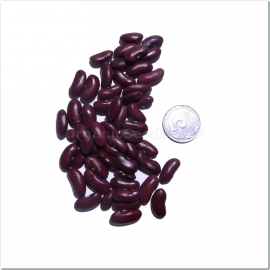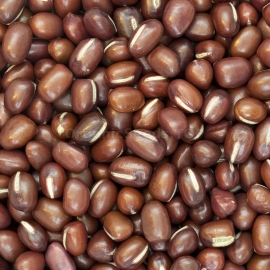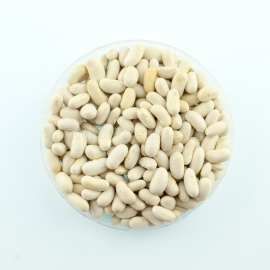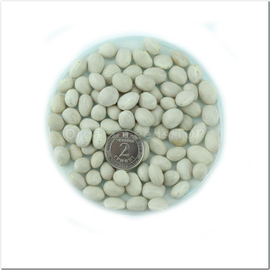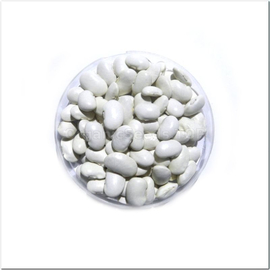


«Polka» - Organic Bean Seeds
1.14 €
Dwarf beans for dry grain, a bush plant, but the seeds are large, like in the runner beans, white in color, the bean grains contain proteins valuable for the body.
-
Beans «Polka»
Are dwarf beans for dry grain. The growing season from sowing to harvest is 125-135 days. The plant is a bush plant, but the seeds are large, like the beans, and white in color. Bean grains contain proteins valuable for the body.
Warm-loving culture. The optimal temperature for growth is 25-30°C. The best yields can be obtained by growing beans in sunny areas protected from the wind. Care consists of regular weeding and loosening the soil. Polka beans are suitable for mechanized harvesting.
Seed rate: 25-30 grams per 1 m².
Seed placement depth: 5.0-6.0 cm.
Row spacing: 45 cm.
With this product buy
Product code: 11347
1.39 €
Beans are native to Mexico, and have long been a part of the cuisines of Central and South America. Great for soups, burritos and other dishes, black beans have a meaty texture and are rich in antioxidants.
Product code: 11351
1.39 €
It’s a very short plant with most of ours only growing a foot or so, making it perfect for growing in pots. Big crops of delicious tender “green beans” that are great as a stir fry, soup, stew, even a green salad vegie.
Product code: 12809
1.14 €
The medium-early variety of asparagus bean of Polish selection, the bush is strong, compact, 35-40 cm high, the taste is high - the beans are juicy, sweet, the variety is very fruitful, it is used for fresh consumption and canning.
Product code: 15788
1.14 €
Dwarf beans for dry grain, mid-season variety (60-100 days), bush, not requiring support, large seeds, like climbing beans, it is especially useful as a dietary product for diseases of the liver, gall bladder and diabetes.

